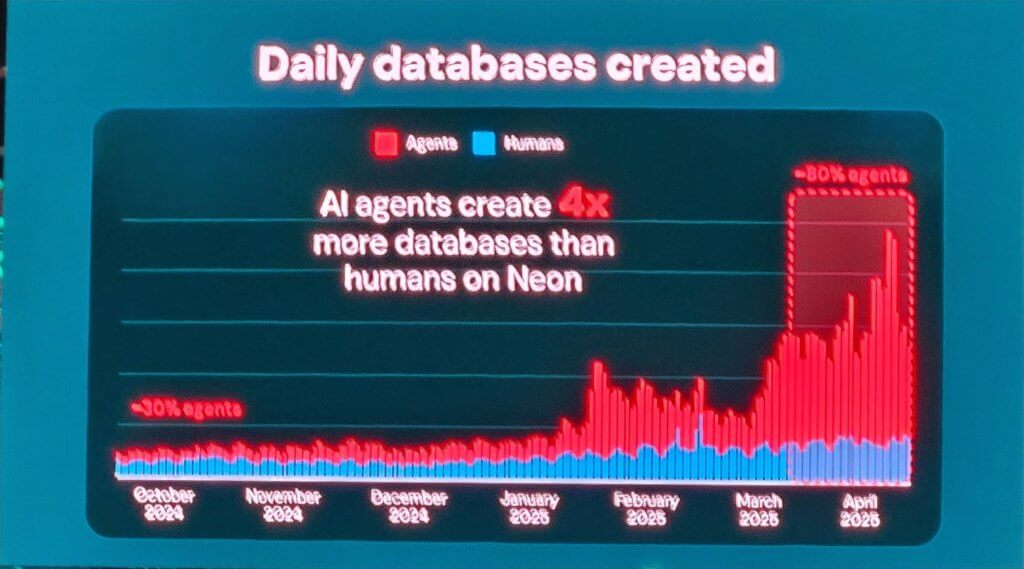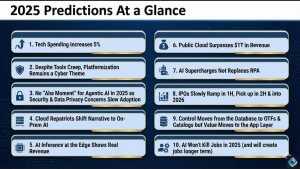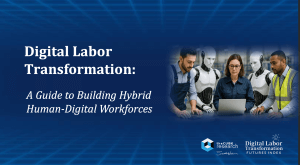Abstract: At the 2025 Data + AI Summit, Databricks unveiled major updates reinforcing its leadership in open lakehouse architecture, AI democratization, and unified governance. With announcements spanning Unity Catalog, generative AI tools, and Lakebase, Databricks is positioning itself as the core platform for enterprise data and AI innovation.
Databricks’ 2025 Data + AI Summit opened with bold moves across open lakehouse architecture, democratized AI, and new database strategies. CEO Ali Ghodsi emphasized breaking down proprietary silos and enabling unified, governed, and accessible data platforms. Major updates around Unity Catalog, GenAI and Agent tools, open-source integrations, and Lakehouse-centric databases signal Databricks’ intent to remain the center of enterprise data and AI infrastructure.
Here are some key themes and announcements from this Wednesday’s keynote.
A Continued Push for Openness and Integration
Ali Ghodsi reiterated the company’s commitment to open standards, highlighting the success of open data lakes over proprietary platforms. Full support for Apache Iceberg and Delta Lake within Unity Catalog reinforces this vision, allowing enterprises to standardize governance across heterogeneous environments. For all the hype the iceberg has gotten over the last year, I hope we have moved beyond being able to read data from anywhere. Databricks has proven that true storage disaggregation is the way. If they deliver with Lakebase / Neon, the market will realize the advantages.
Metadata and Governance Take Center Stage
Unity Catalog is evolving to be the Databricks center of gravity for governance, and it aims to evolve into a metadata intelligence layer. Databricks teased upcoming “business semantics” integration features, signaling a move toward richer, more interpretable metadata to support AI and analytics workflows. This could become a strategic bridge between data engineering and business domain logic. Some semantic players will push back against this big time, others will realize it is an opportunity.
Genie and the Democratization of Data
The keynote introduced Genie, a generative AI tool that aims to make data access and querying more accessible. In action on the expo floor, Genie showcased how large language models can help users explore data intuitively, a step toward closing the data literacy gap in enterprises. They look at it as being a data scientist-in-a-box, which might be an exaggeration, but when combined with the new AI/BI product set, this is not a total stretch. This is the back-end for Databricks One, the interface for non-technical users who don’t have to navigate the menu tree and are familiar with all the Databricks terminology.

Expanding Access with Free Offerings
Databricks announced a free tier of its platform and open access to its learning courses. This dual investment in product-led growth and user education is a calculated move to capture future users and developers early. This is very similar to what Google, Microsoft, and VMware have used successfully to get the next generation of platform engineers, data engineers, and data scientists familiar with their stacks. This should pay significant dividends for Databricks in the long term.
Customer Stories Reinforce Human-AI Collaboration
Virgin Atlantic’s keynote spotlighted the Medallion architecture and the importance of human-in-the-loop AI. Their approach to data preparation, governance, and AI development emphasized that operational excellence still depends on aligning humans with well-curated, layered data pipelines. Ali Ghodsi also believes that humans in the loop will be critical for many years.
Lakebase and Beyond
Databricks unveiled Lakebase, its new database initiative built on lakehouse principles, which integrates object storage optimizations and native support for PostgreSQL. While not “just another database,” the strategy aims to balance consolidation with performance, addressing common startup issues in data architectures. This also is not yet the technology from the recently closed acquisition of Neon, but was heavily influenced over the past two years by the collaboration between the two companies.
Our ANGLE
Databricks is signaling an aggressive expansion in scope, evolving from a unified analytics platform with OLTP to a fully integrated data and AI operating system. From low-friction AI development to open lakehouse governance, the announcements reflect a clear intention to own the enterprise AI data stack. While some of the products and features announced are definitely version one, such as the judges in Agent Base, they show clear intentions and direction, especially with AI and Agentic tech. As the company doubles down on openness, metadata enrichment, and user enablement, its strategic posture challenges legacy data platforms and new-age AI tools. Much more to come!



